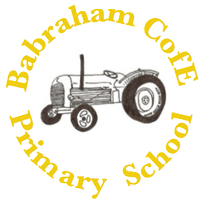
Arts
Welcome to Our Arts Page!
This art curriculum is a knowledge rich curriculum.
Knowledge, in the realm of art means knowledge not only of artists, designers, architects and their work, but of the artistic concepts that relate to their work shown in different types and styles of art, how these relate to each other in a historical context and how this affects the children’s own use of materials and development of skills. The curriculum is designed to enable children to learn by making connections between the work of artists, architects and designers (which they study critically) and their own work, which they evaluate and relate back to the works they have studied. This process is cyclical. For children following the curriculum, becoming informed about the subject discipline of art is a process that takes place alongside a growing love for the subject. Meaningful opportunities for self-expression and individual response are woven through the curriculum, giving children space to learn who they are as an artist.
The overall scheme of the curriculum provides for gradual progression in terms of skills (split into painting, drawing, 3D form, collage, textiles, printmaking and mixed media), introducing the children to as diverse a range of materials as possible. It also provides for progression in terms of knowledge of different concepts and types of art (for example Style in Art and Narrative Painting are studied in year 1, and then revisited in year 3 in History Painting and in year 5 in Style in Art).
The structure of the planning also provides for progression in terms of process in art, both in terms of critical analysis of others’ art and the necessary observation, exploration and evaluation needed for the children to create their own art. Activities children are directed to undertake in lessons are designed with an eye to the importance of learning and practising process. These activities include verbal and written observations and observational, analytical and imaginative drawing activities in key stage 1, leading to the process of independent investigation, observation, annotation, sketching, design and planning (allowing the children to experiment and invent) by the end of key stage 2.
